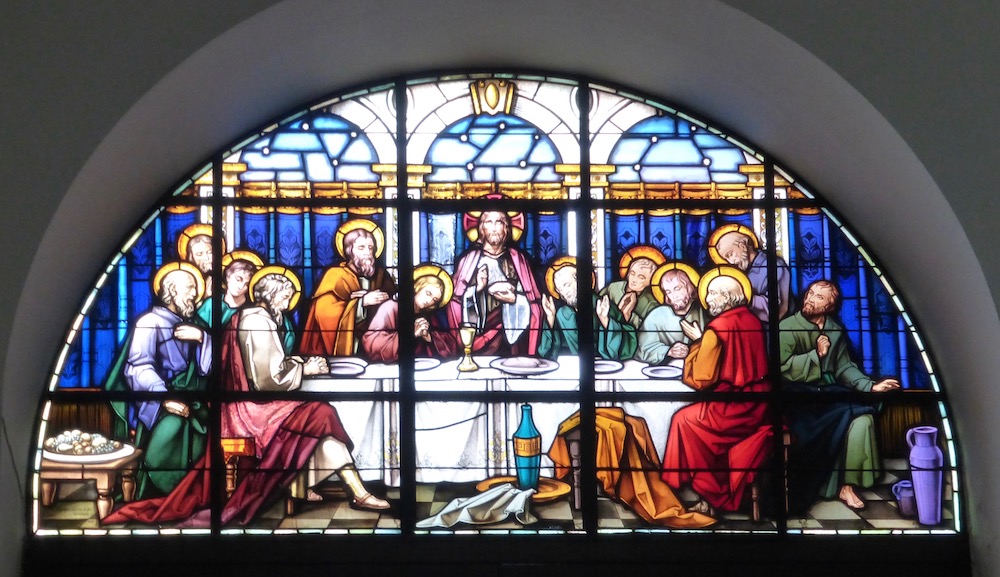

The Cathedral of St Mary the Crowned (RC), Main Street, Gibraltar. Described by Neville Chipulina as "one of the oldest and most interesting of any [of the buildings] on the Rock," the original church was built on the site of what was once a mosque, probably dating from the early fourteenth century. This was badly damaged in the Great Siege, and eventually rebuilt with help from the government, in return for appropriating a large part of the site for re-developing the thoroughfare. An early twentieth-century restoration has much improved the western façade. Notice the red postbox in the photograph on the right, which was taken by Berhold Werner.



Left to right: (a) Door to the right of the tower, also taken by Berhold Werner. (b) Interior, looking east. (c) Interior, encompassing the attractive ceiling. This photograph was taken by Stephen Bennett.
As in the U.K., "a Protestant Christian ascendancy was proclaimed" and "driven home" by the British (Constantine 73), and the Catholic as well as the Jewish community suffered prejudice as a result. But whereas the Treaty of Utrecht with Spain in 1713 bound Britain to expel the latter, it insisted that the rights of the Roman Catholics should be protected. There were always many more Catholics here, on what had, after all, been a part of Spain; and by the early nineteenth century Gibraltar "had become what it remained, overwhelmingly a society of Roman Catholics" (Constantine 29). It is appropriate, then, that this Cathedral should have a striking presence in the very heart of town, and have a richly appointed interior.

The Last Supper, one of the stained glass windows in the cathedral.
Of special interest is a marble tablet on the "Altar of the Blessed Sacrament," which bears the initials of Padre Juan Romero de Figueroa, "the only priest who remained in this church, when the British occupied Gibraltar in 1704. In great measure, thanks to him, the catholic faith survived" ("A Brief History"). The church, which received its first bishop in 1840, has played a major role in education, and has been important in helping to form the country's sense of identity. In charge of is own diocese, it is "separate and unique," and has, according to E. G. Archer, "played its part in nurturing a sense of being Gibraltarian. Individuals regularly express pride in having their own 'particular' church, clearly marking them off from Spain" (95).
Berhold Werner and Stephen Bennett's photographs come, with thanks, from Wikipedia. They are available for reuse on the Creative Commons licence, with attribution, and mention of any modification. The other three photographs, and text, are by Jacqueline Banerjee. You may use these images too without prior permission for any scholarly or educational purpose as long as you (1) credit the photographer and (2) link your document to this URL or cite the Victorian Web in a print one. Click on the images to enlarge them.
Related Material
Bibliography
Archer, E. G. Gibraltar, Identity and Empire. London: Routledge, 2006.
"A Brief History." St Mary the Crowned. Web. 26 January 2019.
Chipulina, Neville. "1501 — St Mary the Crowned — Stripped of an Islamic Past." The People of Gibraltar. Web. 25 January 2019.
Constantine, Stephen. Community and Identity: The Making of Modern Gibraltar since 1704. Manchester: Manchester University Press, 2009.
Created 24 January 2019